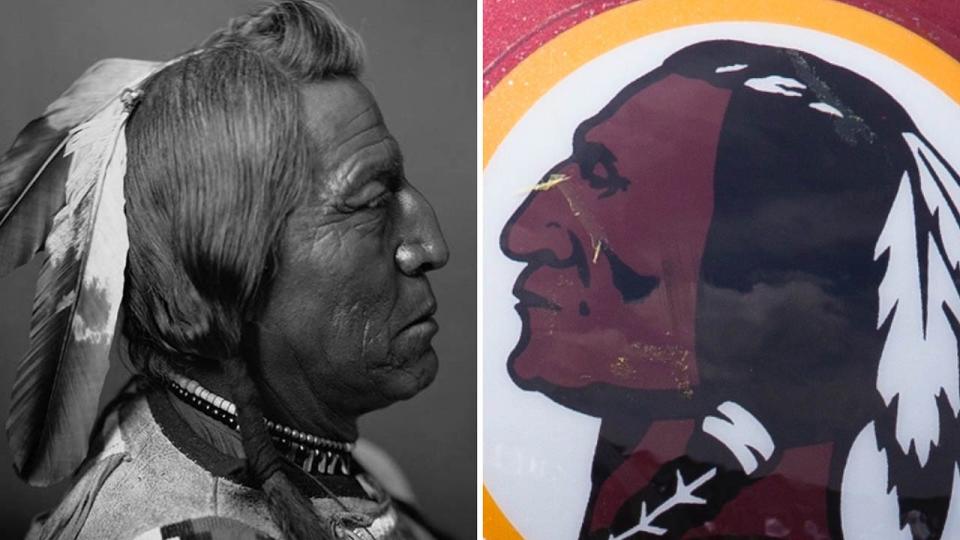YELLOWSTONE NATIONAL PARK – A bison gored an 83-year-old woman Saturday at Yellowstone National Park.
Park emergency responders rushed her to a local medical clinic, where she was flown by helicopter to an Idaho hospital. Doctors said she sustained serious injuries.
The woman from Greenville, South Carolina, got too close to the bison, according to the National Park Service.
“The bison, defending its space, came within a few feet of the woman and lifted her about a foot off the ground with its horns,” the NPS said in a statement.
The incident is under investigation.
VIDEO: BISON CHARGES AT YELLOWSTONE TOURIST WHO TRIED TO TOUCH IT
According to the NPS, bison have injured more people in Yellowstone than any other animal.
“Bison are not aggressive animals but will defend their space when threatened,” the NPS warned. “They are unpredictable and can run three times faster than humans.”
Park rules state that visitors must respect wildlife’s space, especially when the animal is near a campsite, trail, boardwalk, parking lot or developed area. People must stay more than 25 yards from large animals like bison, elk, bighorn sheep, deer, moose and coyotes. Bears and wolves should be given at least 100 yards.
“If need be, move or turn around and go the other way to avoid interacting with a wild animal in close proximity,” the NPS said.
‘DUDE, THAT THING WILL KILL YOU,’ EMERGENCY ROOM NURSE YELLS AS MEN APPROACH BISON
Bison are the largest land mammal in North America, according to Ron McGill of Zoo Miami. A large male can tip the scales at 2 tons. They can run up to 35 mph. Spring is one of the most dangerous times to be around bison.
“These animals, especially at this time of year, you’re talking spring, some of the males especially, they’re very frisky. They get very territorial,” McGill said. “Now the calving season comes along, the females are going to be very protective of their calves.”
Nearly every female gets pregnant each year, according to the NPS.
“At Yellowstone, we’ve preserved the most important wild bison population in the whole United States, partly because so few locations have bison without fences,” Rick Wallen, NPS wildlife biologist explained in the video. “There are huge, huge plains here in Yellowstone, and the Lamar Valley is one of them, 5 or 6 miles long and a mile wide. There can be days where there’s 2,000 or 3,000 animals in the valley bottom.”
TOURISTS WARNED TO MOVE AWAY FROM BISON FIGHT IN YELLOWSTONE
There are no fences in Yellowstone between the plains where bison graze. Yellowstone also does not have an exterior fence.
Bison have lived on the continent for about 300,000 years. By comparison, humans have lived in the Americas for at least 13,000 years. Yellowstone is the only place in the Lower 48 continually occupied by bison.
They faced an uncertain future as the West was settled in the 1800s. The NPS said that 30 million bison were whittled down to just two dozen.
YELLOWSTONE OFFICIALS EUTHANIZE BISON CALF AFTER THEY SAY MAN ‘INTENTIONALLY DISTURBED’ IT
“The United States was pioneering into the Western frontier. So the military strategy was to take away the food, which was the bison, and conquer the Indian nations,” said Wallen. “They harvested bison by the hundreds of thousands. Then an industry grew up around that. The bone was ground up to make fertilizer for the farmers occupying the Great Plains.”
The government used bison from private herds to re-establish the animal in Yellowstone. Today, their population fluctuates from 2,300 to 5,500.
Original article source: Bison gores South Carolina woman who got too close while visiting Yellowstone, NPS says
Signup bonus from





